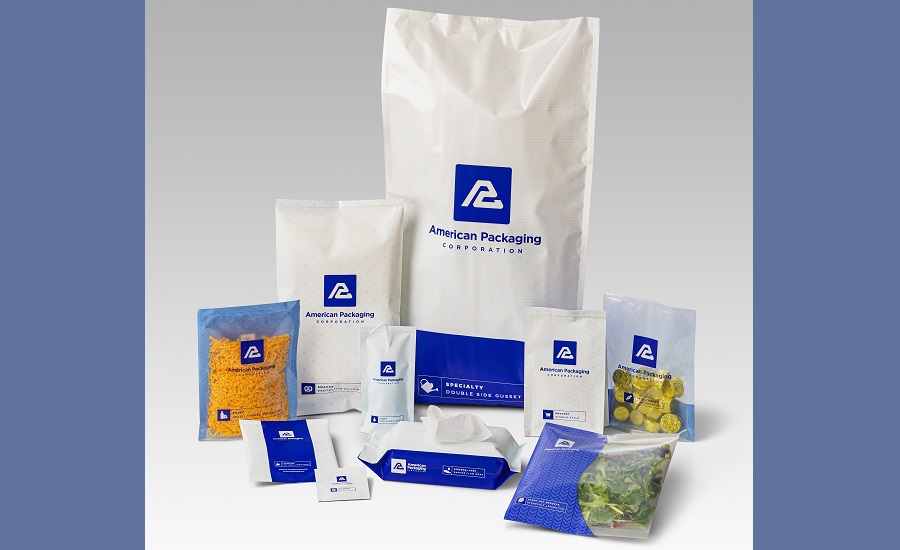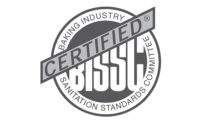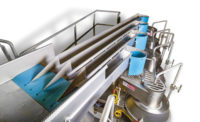Imagine you’re at the starting gate, looking to bring an entirely new snack product to the marketplace. While this can be an exciting time, it can also raise an entire host of questions and additional considerations beyond nailing the recipe and flavoring of your snack good.
Considering consumers are confronted with myriad choices as they peruse the aisles of their local grocery or convenience store day in and day out, there’s a key element to the process that can’t be overlooked—how your product is packaged—and there is valuable information you may want to consider as you pursue product launch.
Everything from functionality and appearance to shape and more is closely connected to how your product will inevitably display and, in turn, stand out on the shelf. So whether you’re a nimble snack startup company or a seasoned brand planning to venture into new territory, be sure you can answer the “four Ps” essential to prepare for a successful launch—promote, protect, preserve and price—to ensure your new product stands out.
Promote
The first P is related to how you plan to market your product. This element is closely tied to a product’s appearance, so you’ll want to try to picture your product through the lens of the customer or shopper at this initial stage. Since there will be a wide variety of snack products to choose from aisle to aisle, think along the lines of what might immediately spark their interest or attention. We call this the “first moment of truth.” Put quite simply, this concept refers to what the consumer might see or experience when first noticing a package (e.g., what catches their eye and draws them to that package).
Sometimes it can be the brand name itself that immediately stirs interest, but it tends to be more all-encompassing than that. Everything from the product’s size, shape and color to the text or font on the package plays a critical role in differentiating your merchandise from others. Other elements—ncluding the quality of the printing, feel, functionality and package transparency—can also play a role. For example, is there a window on the package to display the product’s quality and freshness to the customer first-hand? Are you going to rely on graphics alone? When a customer goes to open the package, is it easy to open? Does it have a zipper or reclose feature?
Recent data also indicates that there is a wide swath of consumers who purchase products that are more sustainable. If sustainability is a core tenant of your brand, call that out to eco-conscious consumers by listing any verified sustainable claims on your package, whether that be a recycling logo or a phrase designating the use of sustainable materials in the making of that package.
Market research and analytics can help inform your decision-making in this area. However, a packaging converter can also lend valuable insight to this process and help you through the promotional stage of your product’s journey. For converters, it’s imperative to understand the elements of appearance to then identify the materials and proper equipment needed to make that bag (e.g., Can it be produced? And if so, how?). This shared understanding will take your product from concept to creation, transforming it in the most efficient and effective way to achieve your promotional goals and impact a decision point at the shelf.
Protect and preserve
Once you have your creative concept and direction mapped out, equally important to bringing that product to market is making sure it can withstand the test of time and travel — that the product is durable enough to remain free from damage, packaging, distribution and consumer use to maintain its freshness. In our work with clients over the years, many products have needed to be shipped from place to place across the U.S. To reach multiple markets, we’ve discovered that shipping long-distance and at higher altitudes requires a stronger seal than traditional forms of packaging to support shipping and handling. Beyond altitude, the mode of shipment, vibration during transport and eventual product handling once the product reaches its final destination are all necessary components to contemplate as the product is being produced.
Think through the various scenarios that could occur between when your product leaves the manufacturing facility and when it eventually finds its way into a store. For example, does your snack have sharp edges that could puncture the package if the product is jostled or bounces up and down during transport? Will product movement dent or dimple the package, making it less desirable to display on the shelf? Will you need a moisture barrier to preserve the product?
If you find yourself answering yes to one or more of those questions, a trusted packaging converter can put safeguards in place before production by using high-barrier aspects and materials that reduce punctures, better preserve the shelf life of your product and ultimately minimize food waste.
Functionality is also key to this equation. We’ve likely all had a similar experience when opening a bag of chips: you try to break the seal of the bag to grab one or two chips (or a handful) but end up ripping it all the way down, making it hard to reseal or reclose. There are certain laminates and films with capabilities that can minimize this phenomenon of tear propagation, reducing consumer frustration when selecting that snack. The more you can do to properly design your snack’s package the first time around, using the right materials and processes, the better chance you have at reducing product loss and improving customer satisfaction.
Price
The last, but certainly not least, thing to consider throughout the packaging lifecycle of bringing your product to market is the final price to produce the package, which represents the product’s final look, construction and functionality before it hits the shelf in the store. The bottom line is to remember that there is choice along the way, not only in the materials selected but in the equipment that’s used as you scale up or down should your packaging needs evolve or as your business grows (e.g., using vertical or horizontal machinery, digital specifications, the speed of the machine, etc.) and that there’s no one-size-fits-all approach to each individual snack product line.
While the process may seem complex, working with a trusted consumer packaged goods converter from the outset can help remove the complexity along the way, guiding you and your team to the right solutions at each juncture to achieve your vision and deliver the total package.






